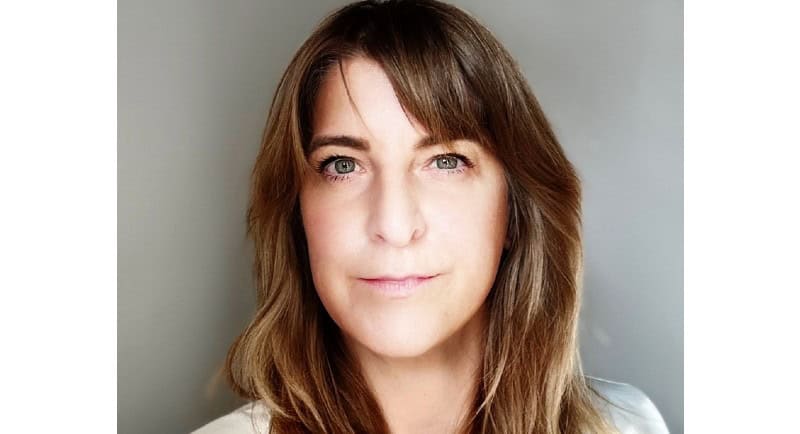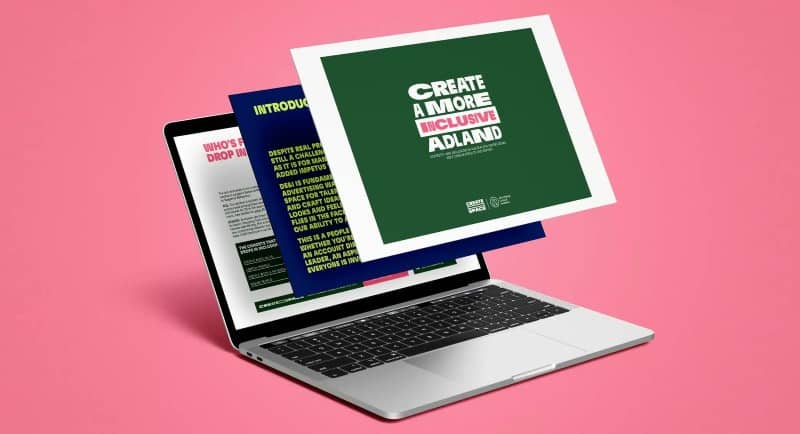Despite some unexpected setbacks in the second Create Space census, Advertising Council Australia (ACA)’s Hannah Sturrock believes “we do focus on the bad stuff, but always because we’re trying to win, get better, and eliminate all weakness.”
Speaking to Mediaweek following the release of the census results, the national advertising industry body’s head of engagement, Sturrock, says: “We need to be comfortable with being uncomfortable, and the realisation that it’s not a quick fix.”

Hannah Sturrock
The census, conducted last November, aimed to capture the current state of diversity, equity, and inclusion within the local advertising, media, and marketing industry.
The ACA reported close to 2,500 professionals contributed to the anonymous survey, which follows on from the inaugural 2021 survey, leveraging Kantar’s Inclusion Index to benchmark performance.
Inclusion Index: ‘Layers of prejudice and challenges’
The results showed a six-point drop in the industry’s Inclusion Index Score, falling from 62 to 56. This was in alignment with national and global trends, according to the ACA, driven by a lower sense of belonging and an increase in negative behaviour.
The local industry’s Inclusion Score is on par with the national norm at 55, measured by Kantar in 2022 – only just ahead of the global advertising, marketing, PR and market research industry benchmark of 54.
The Inclusion Index drop, Sturrock suggests, could also be evidence of stricter standards in work environments.
“I can see that it is quite sensitive to changing expectations,” she says.
“51% of the industry is under 34. You can argue with it all you like, but that’s a very powerful age group that will be running the industry in 10 years’ time.
“I think there are just higher expectations across the board now of what work should offer and what progress looks like. Maybe we have to kind of accept that there’ll be this kind of three steps forward, two steps back.”
Sturrock describes being most disappointed by the substantial dip in the Inclusion Index score among LGBTQ+ respondents.
“I’ve read tons of verbatims. I’ve looked at a lot of data to try and figure out what was going on, and it’s not easy on this one. A 10 point drop in LGBTQ+ inclusion, despite the fact that we saw more people were comfortable being out at work, and a slight increase in representation at C-suite/executive management level.
“What accounted for this group feeling so much less positive about work? There wasn’t really an obvious answer, other than if we take an intersectional approach.”
Sturrock describes “layers of prejudice and challenges to overcome” contributing to increased feelings of exclusion in adland over the past two years.
“Having said that, I think also LGBTQ+ people probably do also have a higher expectation of what they’d like the industry to look like, in terms of that representation. I think we need to make progress there around the kind of people that are being hired, but also the people that are leading in agencies. And I get that, but that’s always probably going to be a slower burn.”
Sturrock is steadfast that the advertising industry is in need of encouragement, and in danger of relegating positive action to the “too hard” basket.
“We don’t want anyone to start glazing over and tuning out of this conversation because it’s all too hard,” she says.
“People need encouragement, don’t they? That they’re not going to be whacked with a stick.”
Create Space represents more than the final survey results, she reminds, but also includes a resource hub, six-step action plan, templates, training ideas, and industry case studies.
“That is a differentiating factor here,” she says. “Quite a lot of surveys come out and it’s just drawing attention to a particular stat or a particular problem.
“This is not just a survey. We’re not just going ‘here’s the data, see you later, good luck!’. We’re giving you the data, but that’s because we want to keep ourselves accountable. But we’re also trying to get very clear about what everyone can do.
“We have immediately followed up with what we think are lots of different tactical ways to address the problem.”
Improvements for women: ‘Really good marker of progress’
The survey revealed promising trends too, with the number of women in C-suite and executive management positions rising from 46% to 54% between 2021 and 2023. Women now dominate all five census levels: executives, senior staff, middle management, junior management, and interns.
Sturrock was heartened to see the significant increase in women holding creative and design leadership roles, which rose from 21% to 37% since the last census.
“It’s still lower than where it needs to be for a majority female industry, but I was really happy to see how much that had changed from 2021,” she says.
“At Ad Council, we are doing a lot of work in ensuring that … there is a pipeline of strong female creative talent being nurtured towards leadership. So it was good to see that it could change by that amount in two years, because I don’t think that stat has changed fast at all. But in two years, that felt like a really good marker of progress.”
She hopes the results signal a movement towards gender parity among CCO and ECD roles.
35% of respondents noted significant positive changes to DE&I in their company, with overall awareness of companies’ DE&I strategies and policies increasing by six percentage points to 59%.
But, as Sturrock notes, “there’s definitely cynicism creeping in around all talk no action, which probably talks to the idea that in the last few years, there’s lots of stuff that’s happening in the boardroom.
“But for a lot of people on the floor of the agency, they’re not as close to those conversations, so they don’t feel that there’s been massive progress in the same sort of intensity as someone who is probably spending millions of dollars.
“And both can be true at the same time. Yes, people are spending time and millions of dollars, and people can struggle to appreciate the progress. It doesn’t mean that one of them is right, and one of them is wrong, it just means that we’ve got to get better at bringing the two dimensions closer together.”
Part time: ‘I did think it would be higher’
There has been a slight reduction in the likelihood of individuals leaving the industry due to exclusion and discrimination, from 20% to 19%. However, this figure is higher for underrepresented groups and females who have taken parental leave in the past five years, increasing to 23% of females, 27% of LGBTQIA+ individuals, 30% of Asian respondents, and 28% of females who have taken parental leave in the last five years.
Only 7% of respondents work part-time, a statistic that surprised Sturrock. “I did think it would be higher,” she says.
“That suggests that as an industry, we haven’t really worked out how to operationalise the work that we do being in professional services working on tight timeframes.
“That just has such a knock on effect, if we can’t crack that, because then you do find it trickles down. The caring responsibilities start to take people out, rather than allowing them to stay in, and we also see the people that do work part time are not making it into those leadership roles, which then exacerbates the gender pay gap as well, and reinforces a leadership trope or profile, which is that you’ve got to be five days a week.”
Sexual harassment: ‘Would like to see that under 4%’
Instances of sexual harassment have reportedly dropped slightly from 6% to 5%, and from 8% to 6% for females.
“I would like to see instances of sexual harassment in the past 12 months really drop. We’ve gone from 8 to 6%, but I would like to see that under 4%.”
One factor that could influence future census outcomes is the positive duty legislation, which now places the onus on Australian businesses to prevent sexual harassment and misconduct in the workplace.
“Ultimately, we’re putting some real legal responsibility behind what was always just best practice, and it changes it from being reactive … to a proactive responsibility to ensure people are not being injured at work in any way. It goes the same for psychosocial legislation. Both of them have the same positive, proactive emphasis, which means that businesses of all sizes need to understand that this is not a nice to have, it’s a legal mandatory.”
Ultimately, “the industry is only going to prosper with a healthy, sustainable, excellent source of human resources, so we need to protect those resources,” she says.
“We need to make sure that they are entering the industry, they’re staying in the industry, they’re progressing in the industry, and they’re thriving.
“That’s the only way that the industry itself will continue to lead the way. And we do want to lead the way. We don’t want to be average, we want to be on the vanguard.”
See also: Inclusion drops in latest ACA Create Space results: ‘Average is not good enough’
